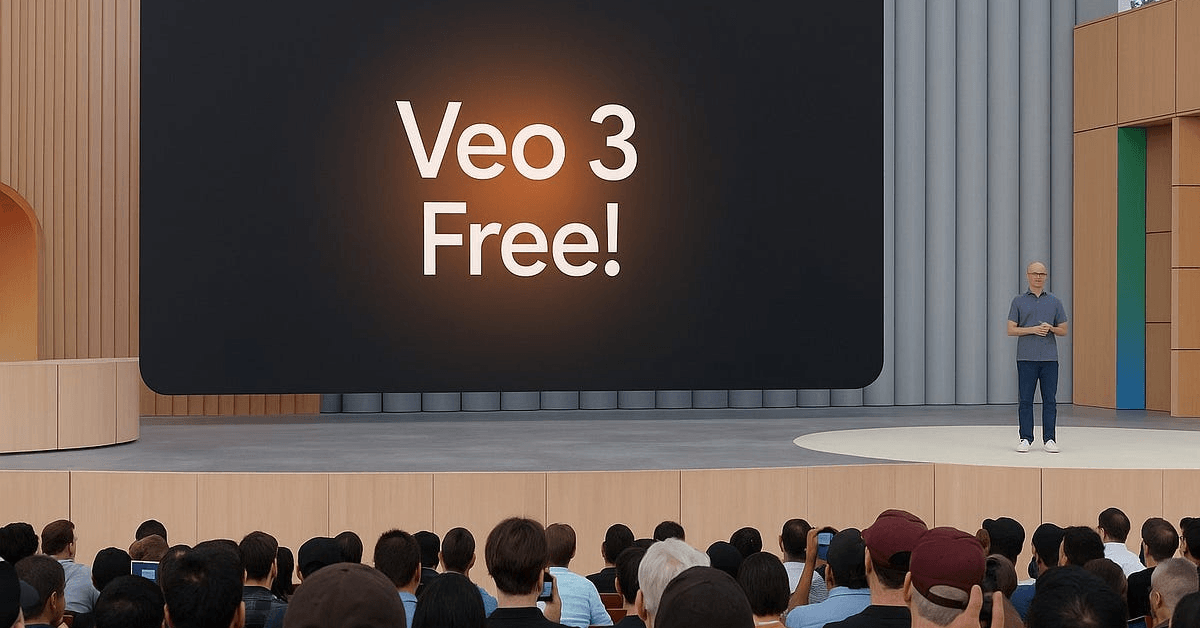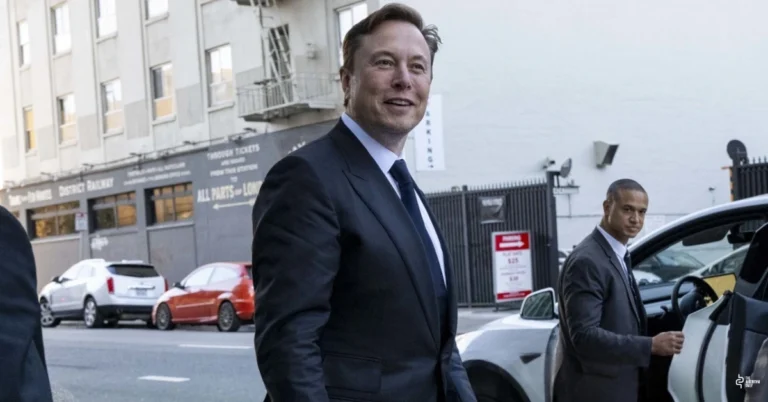At Google I/O 2025, Google unveiled its latest AI-powered tool, Veo 3, which combines both video generation and audio creation into a seamless experience. This marks a major step forward in the video creation space, as Veo 3 is capable of not only generating high-quality visuals but also adding sound effects, background noises, and even dialogue, all with a simple prompt. This makes it distinct from other video generation tools like HeyGen, Pixar Labs, and ElevenLabs, which excel in specific areas like avatars, animation, and voice synthesis but lack the same integrated approach.
Google’s Veo 3 is an upgrade from its predecessor, Veo 2, and is available exclusively to subscribers of Google’s $249.99-per-month AI Ultra plan. With Veo 3, users can prompt the model using text or images, and the tool will automatically generate both video and audio content. This is a revolutionary step forward, as many AI models capable of generating sound effects, such as ElevenLabs for voice synthesis, have existed for some time. However, Veo 3 integrates this functionality with its video output, creating a truly multimodal experience for content creators. The ability to add audio seamlessly to video content sets Veo 3 apart from the competition.
In comparison, HeyGen focuses on creating AI-generated avatars that can deliver realistic, lifelike video content. While Veo 3 offers a broader range of features by adding audio to its videos, HeyGen excels at generating avatars for more specific use cases, like animated talking heads for marketing or personalised video content. HeyGen is a niche tool, focusing mainly on the visual aspect of content creation, while Veo 3 aims to provide an all-in-one solution for both visuals and sounds. Pixar Labs, known for its advanced animation techniques, focuses on 3D animation and rendering, which is more rooted in the traditional filmmaking process, whereas Veo 3 is geared towards creators who need a quick, AI-powered video generation tool without the complexity of professional animation software.
On the audio side, ElevenLabs stands out for its high-quality text-to-speech capabilities and voice synthesis. While Veo 3 integrates sound effects and dialogue, ElevenLabs is a specialist when it comes to creating lifelike, human-sounding voices. Content creators working with Veo 3 may still need to rely on ElevenLabs or other voice synthesis platforms to generate more specific voice performances, but Veo 3’s integrated sound generation can save time and offer an all-in-one solution for creators who need quick, simple video and audio content.
Veo 3’s development is built upon Google DeepMind’s earlier research into AI models capable of converting video content into soundtracks. This integration allows Veo 3 to understand the raw pixels from its video output and automatically sync audio to the visuals, ensuring a more coherent and unified experience for users. In contrast, Pixar Labs focuses more on 3D animated rendering and visual effects, with a keen emphasis on high-quality animation, but without the direct integration of AI-generated audio. HeyGen, too, provides video generation, but it doesn’t yet offer integrated audio features like Veo 3.
While Veo 3 is an exciting new tool, its release is not without controversy. The creative industry, especially sectors like animation, is beginning to feel the impact of AI-driven content creation tools. As AI models like Veo 3, HeyGen, and ElevenLabs continue to evolve, there are concerns about job displacement in traditional industries like film and television. A 2024 study estimated that over 100,000 U.S.-based animation, film, and television jobs could be at risk by 2026 due to the increasing reliance on AI in content creation.
In response to the growing AI influence, Google has been mindful of the ethical implications of these tools. Veo 3 incorporates Google’s proprietary watermarking technology, SynthID, to ensure the AI-generated content adheres to ethical standards and can be traced back to its origin, preventing deepfake risks. This focus on security is a crucial step in addressing the concerns of the creative community, ensuring that AI-generated content remains transparent and manageable.
As Veo 3 makes waves in the video creation space, it highlights the growing trend of AI-driven content creation tools. The competition among companies like HeyGen, Pixar Labs, and ElevenLabs is only going to intensify as AI continues to advance. While Veo 3 offers a unique combination of audio and video generation, each of these tools excels in its specific domain, and as AI technology continues to evolve, the lines between video, audio, and animation are likely to blur further, transforming the way content is created.
For now, Veo 3 stands out as an all-in-one, AI-powered content creation tool that merges video and audio generation in a way that’s never been done before, but as AI continues to grow, more advancements from AI-driven creative tools will push the boundaries even further.
📲 Get the latest Tech & Startup News on our WhatsApp Channel
👉 Join Now



